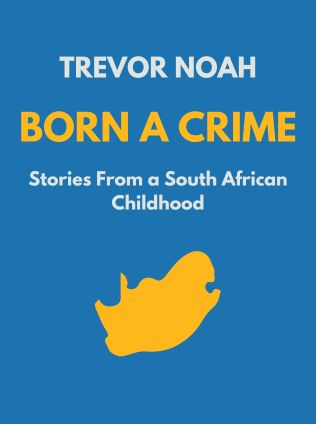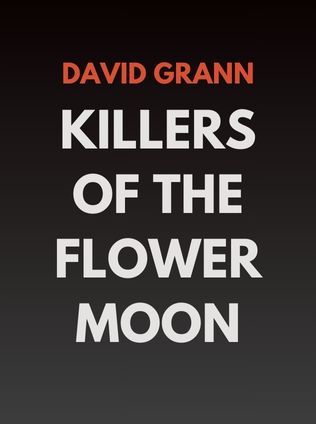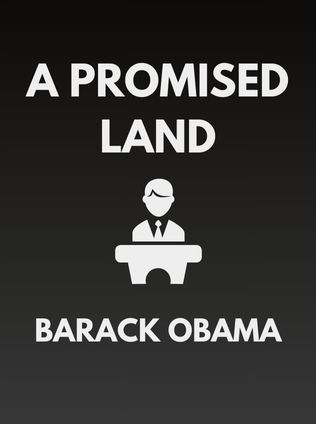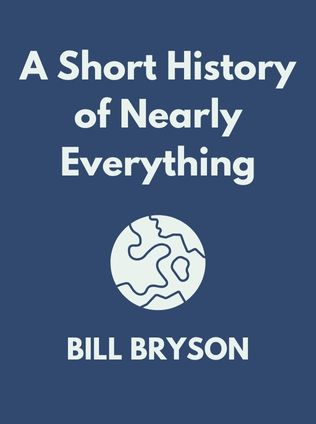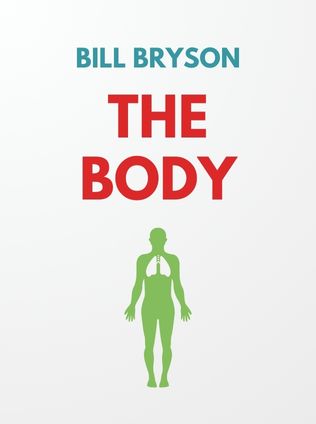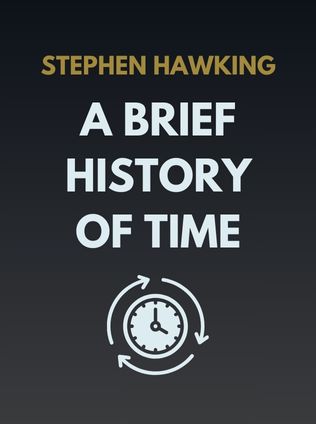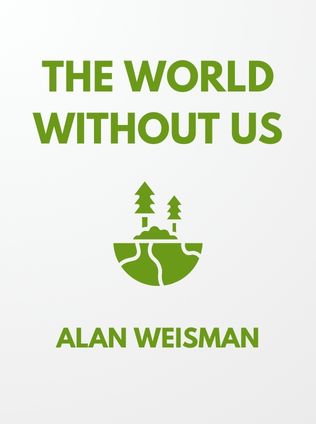
About the Author
Alan Weisman is a renowned journalist and author whose work often explores the intersection of humanity and the natural world. His writing has been featured in prominent publications such as The New York Times, The Atlantic, and Harper’s Magazine. Weisman is perhaps best known for his thought-provoking book, "The World Without Us," published in 2007. This book presents a fascinating thought experiment: what would happen to the Earth if humans suddenly disappeared? Weisman’s work is characterized by its deep research, engaging storytelling, and the ability to translate complex scientific ideas into accessible narratives. Through "The World Without Us," Weisman invites readers to consider the lasting impact of humanity on the planet and the possibility of a world where nature is allowed to flourish without our interference.
Main Idea
"The World Without Us" examines the environmental consequences of human activity by imagining what would happen if humanity suddenly vanished. Weisman explores the idea that, while humans have left an indelible mark on the planet, nature is resilient and could eventually erase many of the signs of our existence. The book serves as both a warning about the destructive impact of human activity and a hopeful vision of the natural world’s ability to recover and thrive in our absence. By contemplating a world without humans, Weisman encourages readers to think about the legacy we are leaving behind and how we can live more sustainably while we are still here.
Table of Contents
- The Pristine Earth
- Humanity’s Footprint
- A Post-Human World
- Nature Strikes Back
- The Ecosystem After Us
- The Great Beyond
- The Far, Distant Future
- The World With Us
The Pristine Earth
Weisman begins by taking readers back to a time before human civilization, describing a world where ecosystems were diverse and thriving without human interference. He explores the ancient Earth, where life was shaped by natural forces such as volcanic activity, ice ages, and mass extinctions. These events periodically wiped out vast numbers of species, but they also paved the way for new forms of life to emerge. "The Earth has always been a place of constant change and renewal," Weisman notes, "and life has always found a way to adapt and thrive in the face of adversity."
- Microbes, the earliest and most resilient forms of life, played a crucial role in shaping the Earth’s atmosphere and ecosystems, laying the groundwork for more complex life forms.
- The Permian extinction, which occurred 250 million years ago and wiped out 90% of all species, is a stark reminder of the Earth’s capacity for both destruction and renewal.
Weisman argues that understanding the history of life on Earth, particularly the resilience of nature in the face of catastrophic events, provides important context for considering the impact of human activity on the planet. By looking at the past, we can gain a better understanding of how nature might respond to the challenges we are creating today.
Humanity’s Footprint
The bulk of Weisman’s book focuses on the many ways humans have altered the planet, often with unintended and far-reaching consequences. He delves into the history of agriculture, industrialization, and urbanization, examining how each of these developments has reshaped the natural world. "Humanity’s drive to control and exploit nature has left a deep and often destructive mark on the Earth," Weisman writes.
Sign up for FREE and get access to 1,400+ books summaries.
You May Also Like
Factfulness
Ten Reasons We're Wrong About the World – and Why Things Are Better Than You Think
By Hans Rosling





